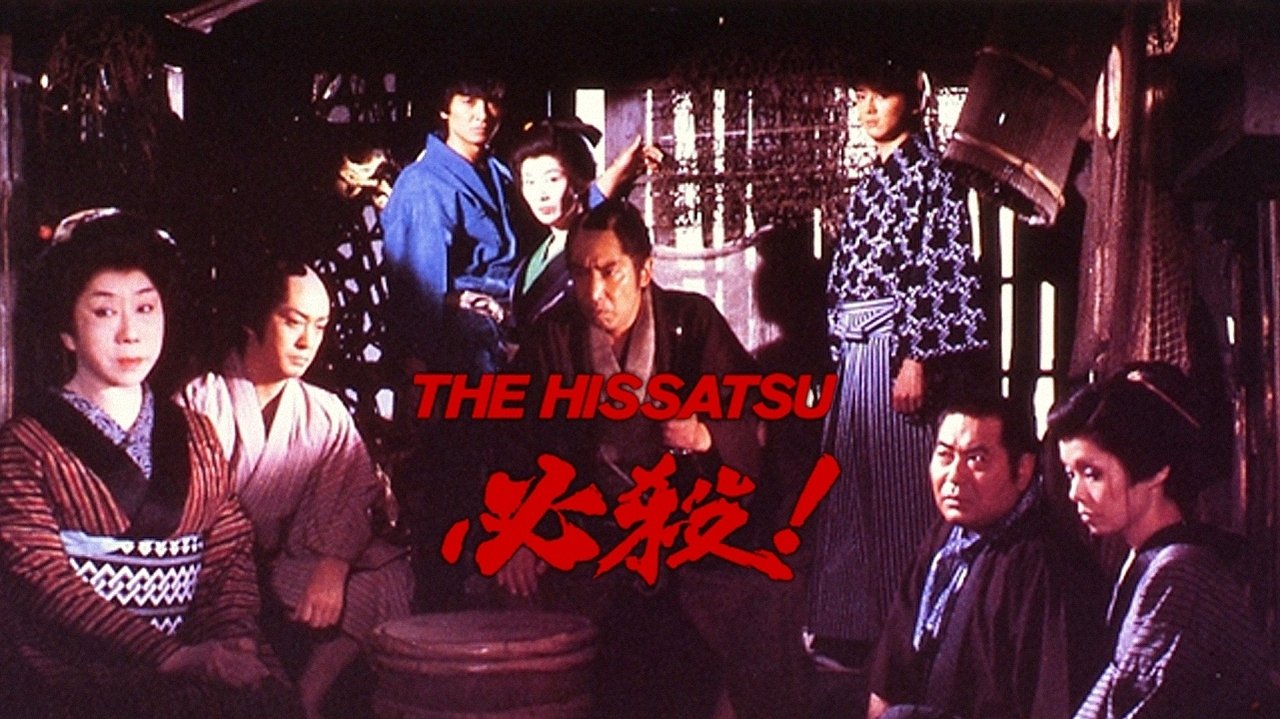
Sure Death (1984)
A group of seemingly ordinary merchants is really a band of assassins for hire. When they discover that all the assassins in Edo are being killed they must act quickly to find the culprit.

A group of seemingly ordinary merchants is really a band of assassins for hire. When they discover that all the assassins in Edo are being killed they must act quickly to find the culprit.
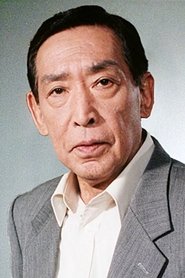 Makoto FujitaNakamura Mondo
Makoto FujitaNakamura Mondo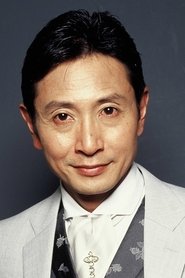 Kunihiko MitamuraKazarishoku no Hide
Kunihiko MitamuraKazarishoku no Hide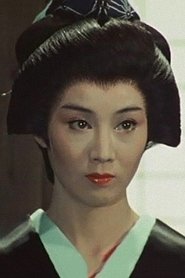 Izumi AyukawaNandemoya no Kayo
Izumi AyukawaNandemoya no Kayo Kin SugaiSen
Kin SugaiSen Mari ShirakiRitsu
Mari ShirakiRitsu Ippei HikaruNishi Junnosuke
Ippei HikaruNishi Junnosuke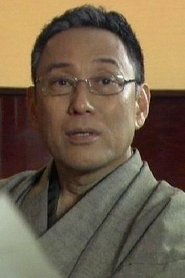 Toshio Yamauchi
Toshio Yamauchi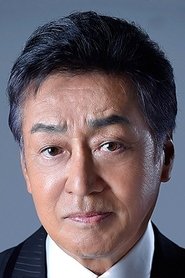 Kiyoshi Nakajo
Kiyoshi Nakajo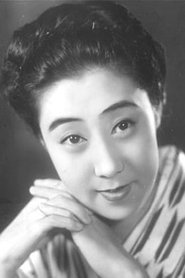 Isuzu Yamada
Isuzu Yamada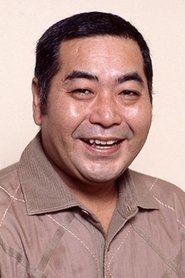 Gannosuke Ashiya
Gannosuke Ashiya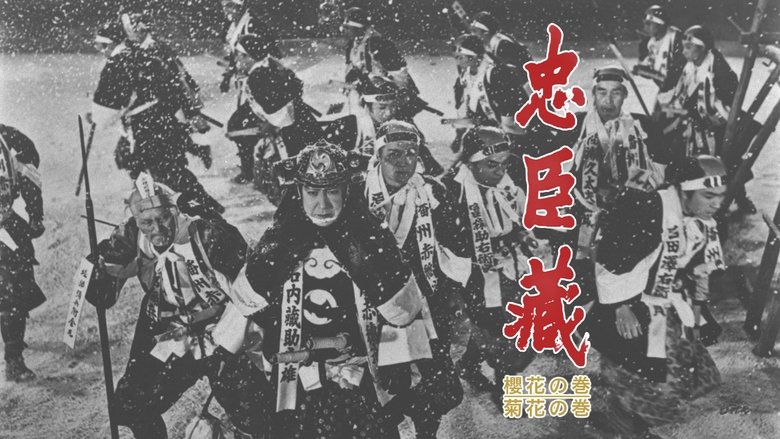
While the story of the Ako Clan's vendetta has been told countless times, never before has there been an array of major motion picture stars to bring new life to this timeless tale. Starting with the corrupt practices of Lord Kira and Yanagi-sawa, the Shogun's Secretary, which in essence led to the incident of Lord Asano's attacking Kira in the Pine Corridor of the Shogun's Palace, this is the definitive version. Asano Takumi no kami was a young lord with high scruples, who refused to join in the general corruption and bribery which ran rampant in the capital at that time. By not giving bribes, he angered Kira Kozuke no suke the elder lord in charge of protocol at the Palace. Refusing to teach the younger man, and giving him false instructions was only the beginning. Insults followed, and a man of honor had no choice but to draw his sword in anger. Forty seven masterless samurai are willing to give their lives to avenge their lord.
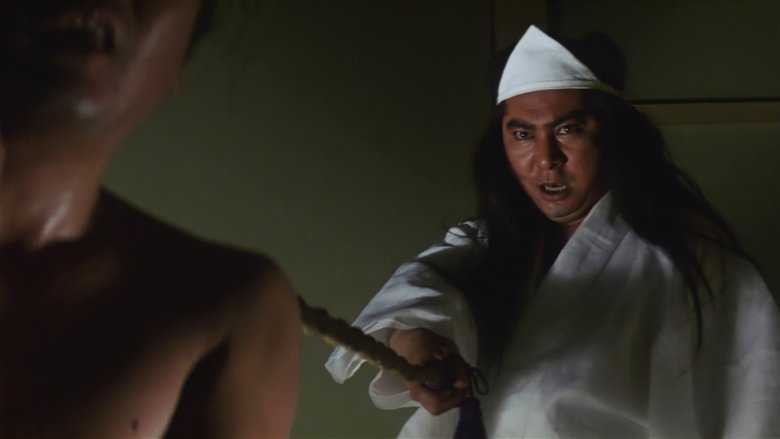
Against the backdrop of the Edo treasury devaluing currency and driving many into poverty, Hanzo Itami enforces the law without regard to status. He shows inadequate respect to the treasurer, who wants him dead.
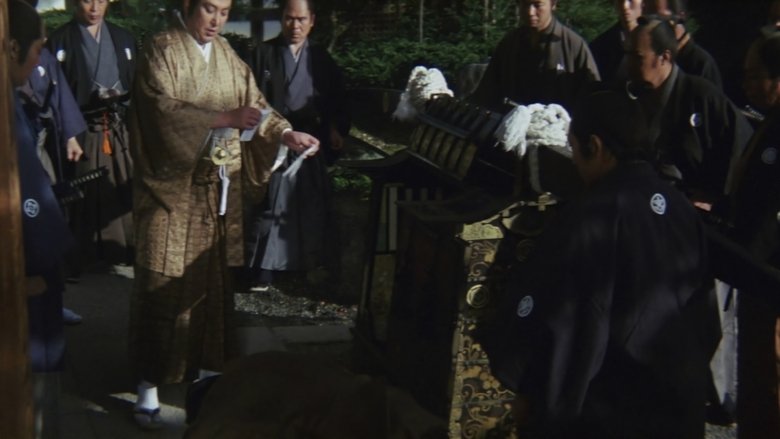
Hanzo extracts a confession from a ghost using his assaulting methods, foils thieves, connects with Heisuke Takei a friend from his youth, offers protection to a forward-thinking physician Genan Sugino who has defamed his ruler, discovers a pleasure ring of young wives and a blind music teacher, and cuckolds a corrupt official under his very nose.
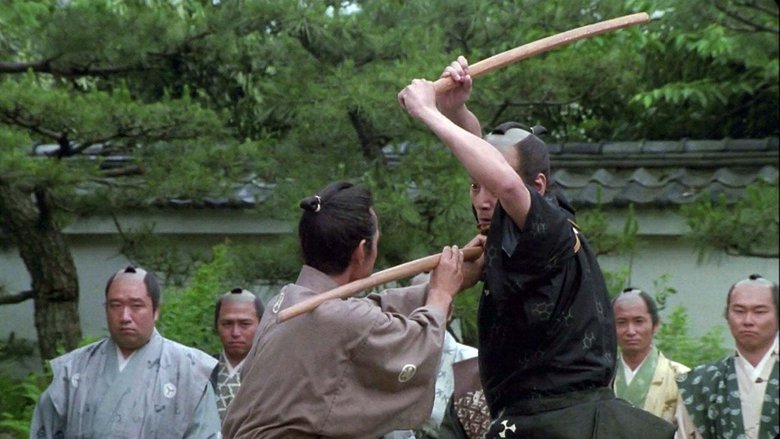
A group of travelers is stranded in a small country inn when the river floods during heavy rains. As the bad weather continues, tensions rise amongst the trapped travelers.
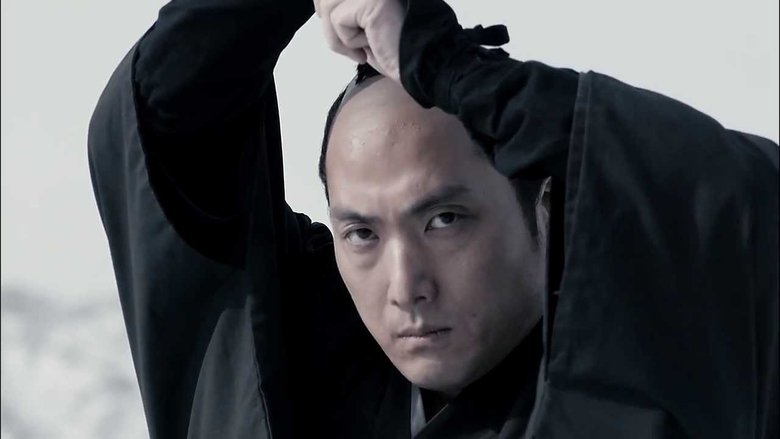
1732, in the era of Yoshimune Tokugawa. West Japan suffers from a severe famine. Three years after wards, it appeared as though calm had been restored to the domain, but there is word that Jyuzo Matsumiya, the sword fighting instructor sent by the shogunate, is taking some suspicious actions.
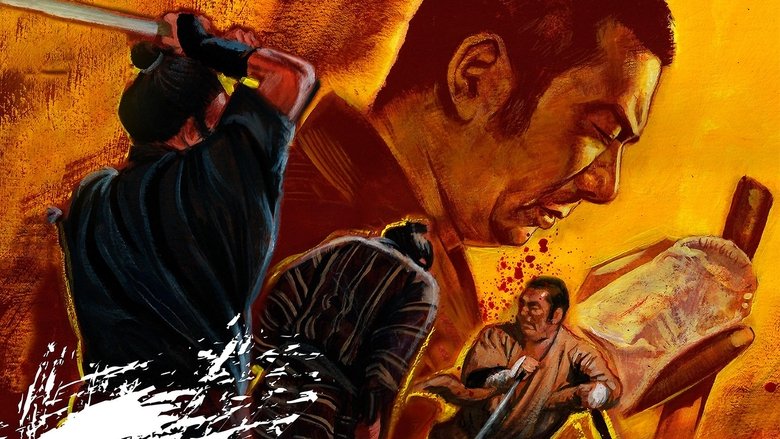
Returning to the village where a year before he had killed Hirate, a much-admired opponent, Zatoichi encounters another swordsman and former rival in love.
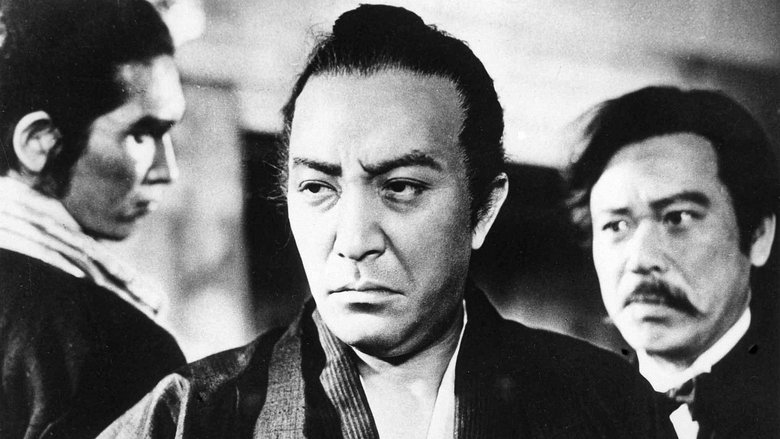
It is a historical drama that follows Katsu Kaishu's efforts to surrender Edo Castle bloodlessly in the first year of the Meiji period.
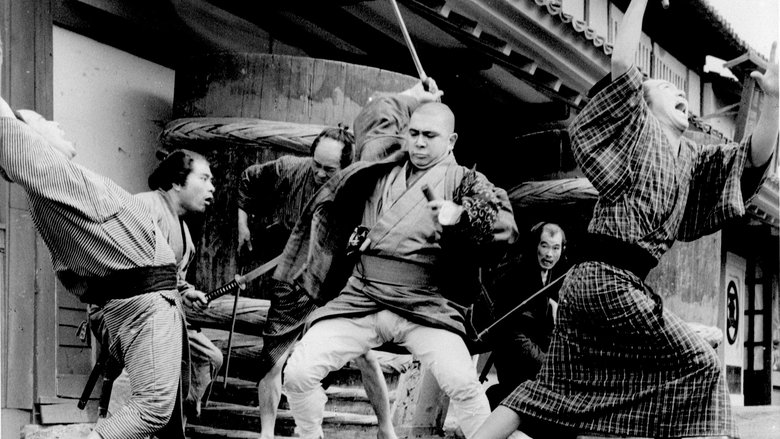
The adventures of a blind, gambling masseur and master swordsman. Zatoichi targets a yakuza-controlled village, because war with a neighbouring town's smaller gang is brewing.
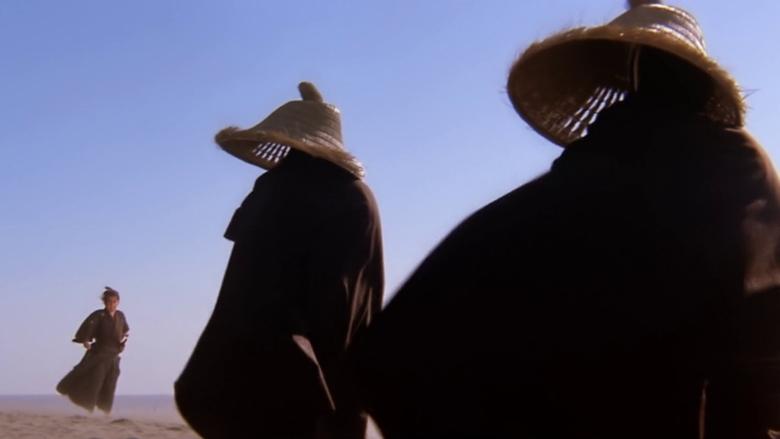
Ogami Itto battles a group of female ninja in the employ of the Yagyu clan and must eliminate a traitor who plans to sell his clan's secrets to the Shogunate.
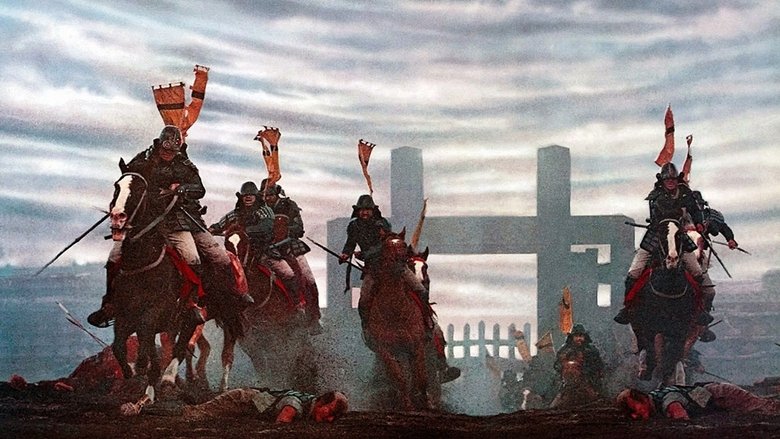
Shakespeare's King Lear is reimagined as a singular historical epic set in sixteenth-century Japan where an aging warlord divides his kingdom between his three sons.
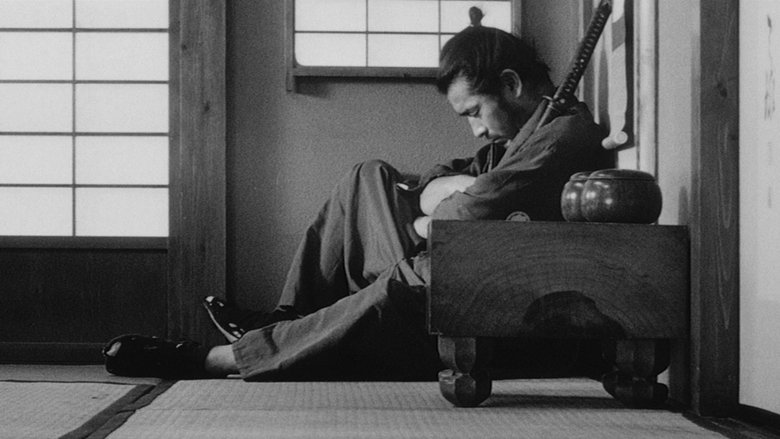
Toshiro Mifune swaggers and snarls to brilliant comic effect in Kurosawa's tightly paced, beautifully composed "Sanjuro." In this companion piece and sequel to "Yojimbo," jaded samurai Sanjuro helps an idealistic group of young warriors weed out their clan's evil influences, and in the process turns their image of a proper samurai on its ear.
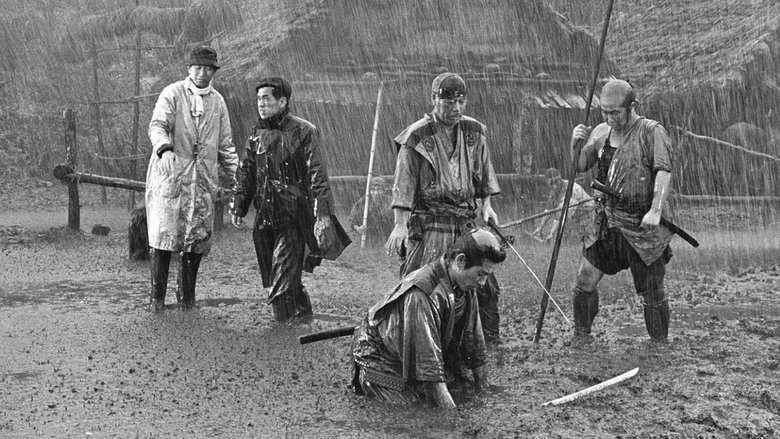
A samurai answers a village's request for protection after he falls on hard times. The town needs protection from bandits, so the samurai gathers six others to help him teach the people how to defend themselves, and the villagers provide the soldiers with food.
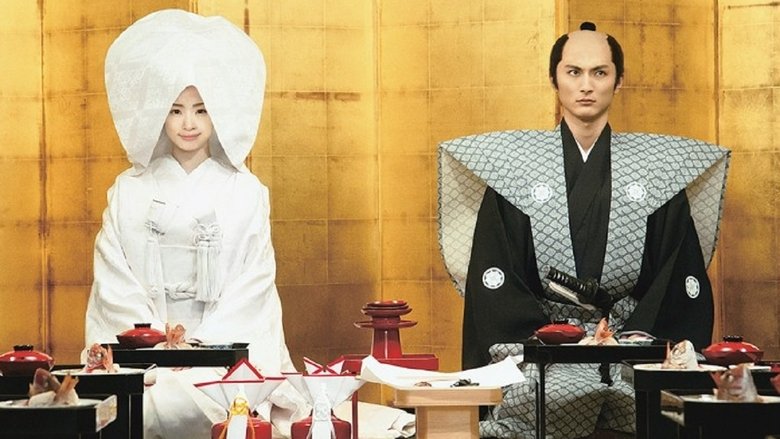
In this love story set in the Edo period, 27-year-old Oharu is a genius in the kitchen. Oharu attracts the attention of the master chef of the Kaga Domain, who arranges for her to marry his son and heir, 24-year-old Yasunobu. But, Yasunobu is cold to his new wife, and he's more interested in swordplay than cookery.
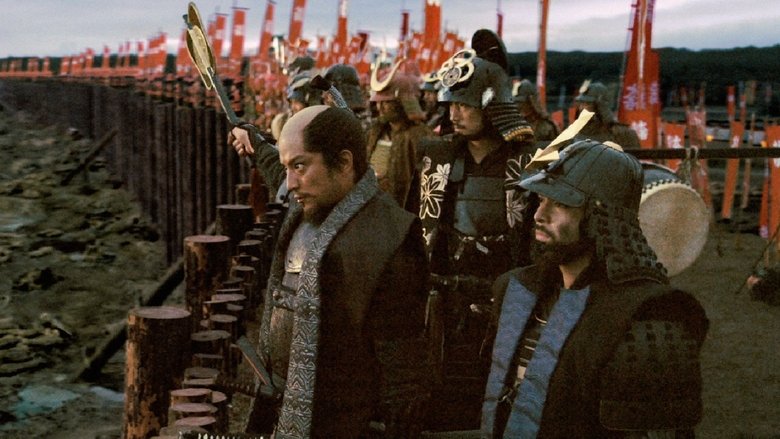
In the year 1590, the mighty warlord Toyotomi Hideyoshi is close to fulfilling his ambition of unifying all of Japan under his banner when he comes across unexpected resistance in the form of a floating fortress known as Oshi Castle. Narita Nagachika, a frivolous hedonistic fellow and unlikely candidate for the position of rebel general, finds himself in charge of defending the castle. His odds? An army of 500 men to combat Toyotomi Hideyoshi's army of 20,000.
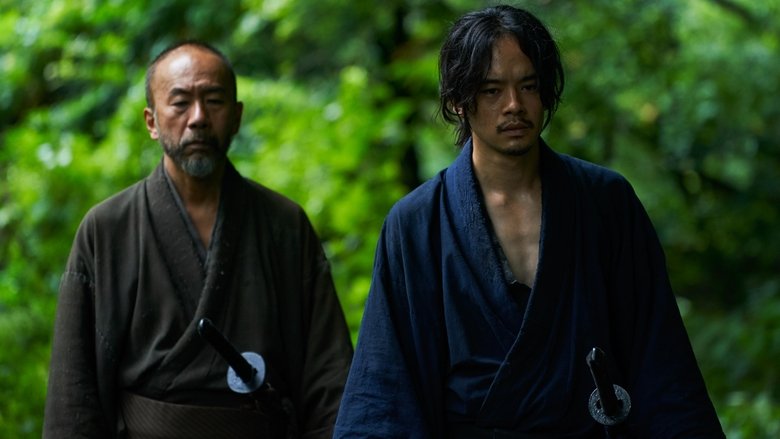
In Edo period Japan, a lone ronin lives in a village helping the farmers tend to their land. One day, a group of outlaw swordsmen enter the village.
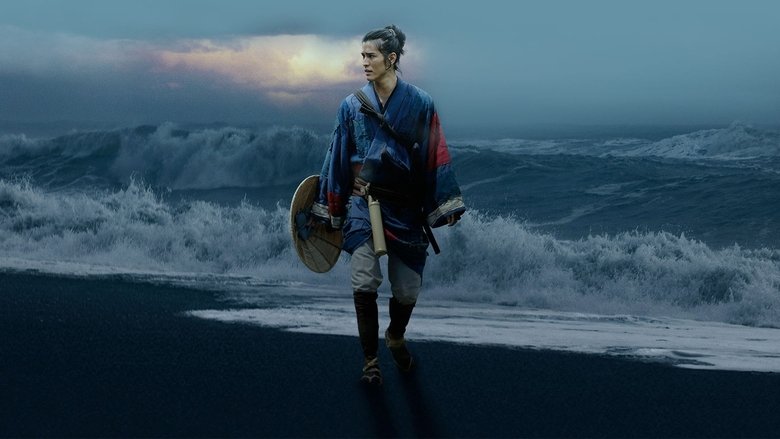
A history drama portraying the confrontation between the indigenous Ainu people living on Japan’s northernmost main island—then called “Ezo” and now known as “Hokkaido”—and the “sisam”, the Ainu word for ethnic Japanese.

This is the second installment of the trilogy based on Japan’s greatest novel “The Great Bodhisattva Pass”, following the life and times of bloodthirsty samurai, Tsukue Ryunosuke. Blinded in an explosion and further injured from a fall, the master swordsman is taken in by Otoyo, a woman who falls in love with him. Under Otoyo’s dedicated care, Ryunosuke’s physical and emotional wounds seem to heal. However, deep inside, the demons that drive him to kill yearn to resurface. Meanwhile he is being pursued by Utsugi Hyoma, a young samurai seeking to avenge his brother’s death at Tsukue’s hands. Hyoma is being aided along the way by the clever thief Shichibei.
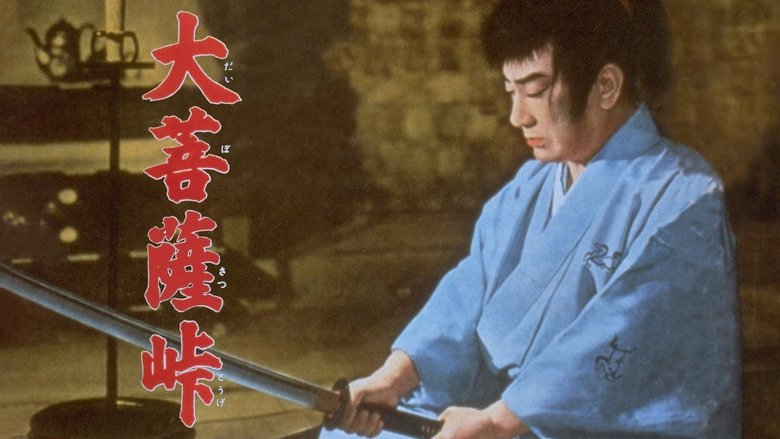
Master swordsman, Tsukue Ryunosuke is confronted by the families of his victims. Will justice be served for the lost innocent lives? The conclusion of the famed Jidaigeki series is an amazing film, with a completely different perspective on the story from the later versions. While the international audience is more familiar with the “Sword of Doom” and “Satan’s Sword” versions of Daibosatsu Toge (The Great Bodhisattva Pass), the “Souls in the Moonlight” trilogy casts an entirely different light on Ryunosuke and his motives. Can this brutal killer be brought to justice, or is living his life as a blind wanderer a more terrible fate? His sword skills have not diminished, nor has his desire to kill!
Kakizaki Yuji’s period film is not like the jidaigeki films we are used to. While it deals with themes of seppuku, duty, and loyalty to one’s masters and the shogun, we see very little in terms of action. Instead, the film focuses on the inner thoughts and struggles of the protagonist—who is ordered to perform a ritual suicide—his wife, and their entire household, all leading up to the final moment.
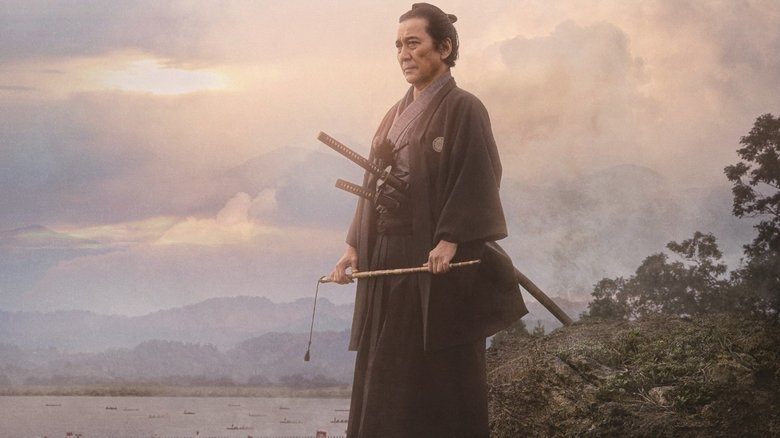
In the turbulent last days of the Edo period, Kawai Tsugunosuke, a Japanese samurai serving the Makino clan of Nagaoka, dreamt of independence from the restraints of vassalship. Despite his progressive views and his desire for his estate to remain neutral during the Boshin Civil War, he was bound by loyalty and duty to the clan and was compelled to choose sides.